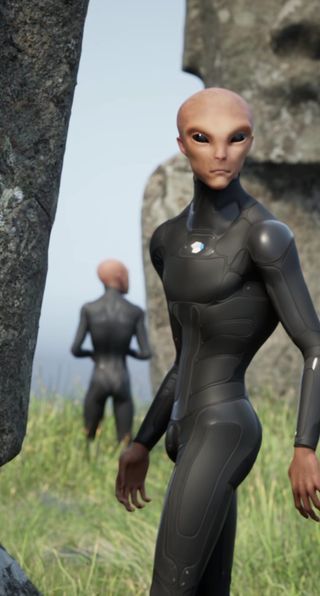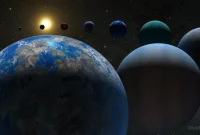The question “Have you ever tried to imagine what aliens would look like?” opens a gateway to the boundless realms of speculative wonder, igniting the human imagination and prompting contemplation on the myriad possibilities that the cosmos might hold. The quest to envision extraterrestrial beings has captivated minds for centuries, transcending scientific inquiry and delving into the realms of science fiction, art, and popular culture.
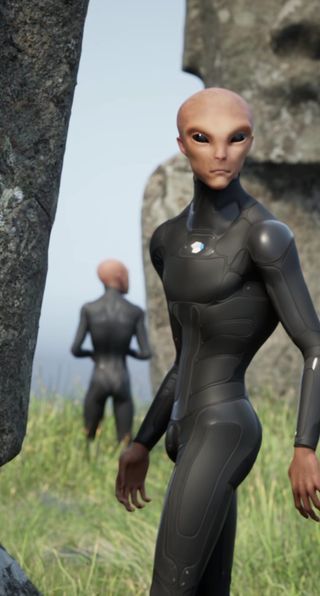
Imagining what aliens would look like involves a delicate dance between scientific plausibility and creative exploration. Scientists and astronomers, armed with knowledge of the vastness of the universe and the conditions necessary for life, contribute to the discourse with theories grounded in astrobiology and evolutionary biology. These hypotheses often consider factors such as the composition of exoplanets, the nature of their atmospheres, and the potential for liquid water—the essential ingredient for life as we know it.
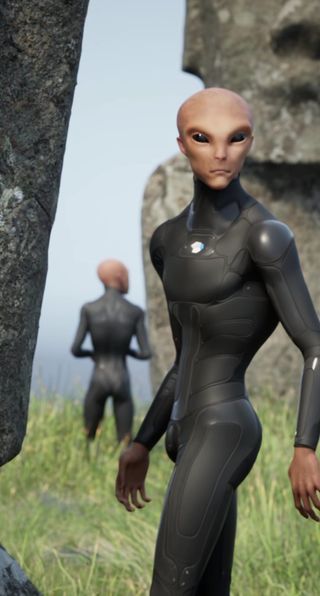
In the realm of science fiction, authors, filmmakers, and artists have given shape to a myriad of extraterrestrial forms, ranging from humanoid creatures with distinct features to entirely abstract and otherworldly entities. The diversity of imagined extraterrestrial life reflects the vastness of the human creative spirit, transcending the limitations of known biology and physics.
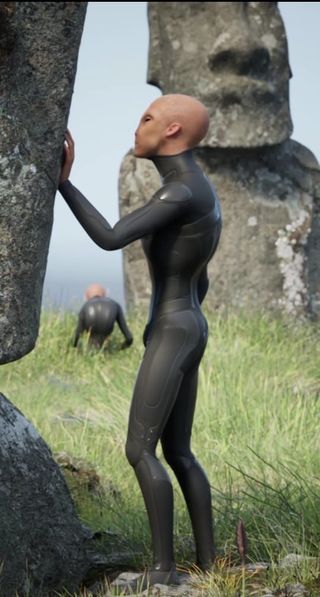
Popular depictions often draw inspiration from Earth’s own biodiversity, suggesting that life on other planets might evolve to fill ecological niches in ways both familiar and unimaginable. From humanoid figures with variations in size, color, and number of limbs to sentient beings that defy traditional definitions of anatomy, the possibilities seem limited only by the boundaries of the human imagination.
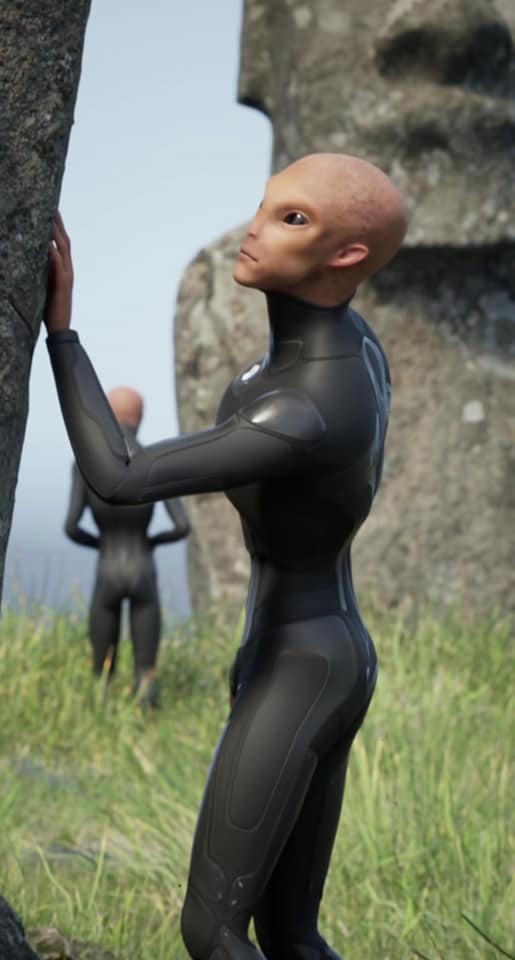
The cultural impact of pondering the appearance of aliens is evident in the countless depictions found in literature, films, and art. Iconic extraterrestrial creatures, from H.G. Wells’ Martians to the diverse life forms of “Star Wars” and “Star Trek,” have become ingrained in popular consciousness, shaping perceptions and fueling fascination with the unknown.
The question also invites contemplation on the nature of communication with potential extraterrestrial intelligences. If we were to encounter aliens, how might they perceive the world, communicate, or express themselves? The quest to understand the intricacies of interstellar communication adds another layer to the exploration of what extraterrestrial life could entail.
In the absence of concrete evidence of alien life, imagining what aliens would look like remains an exercise in creativity, curiosity, and the human capacity for wonder. It fosters a sense of humility, reminding us of the vastness of the cosmos and the potential for discovery beyond the confines of our home planet. Whether rooted in scientific inquiry or speculative fiction, the quest to envision extraterrestrial beings invites us to peer into the cosmic unknown and contemplate the mysteries that may await us among the stars.

